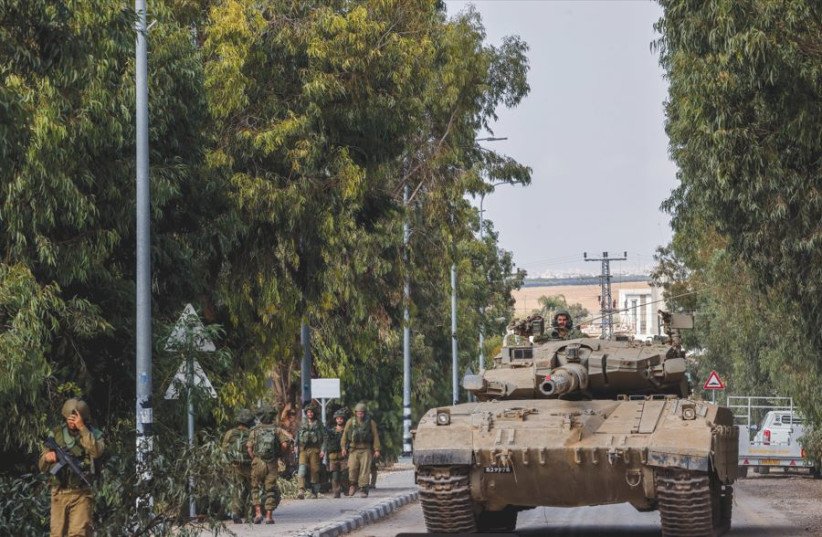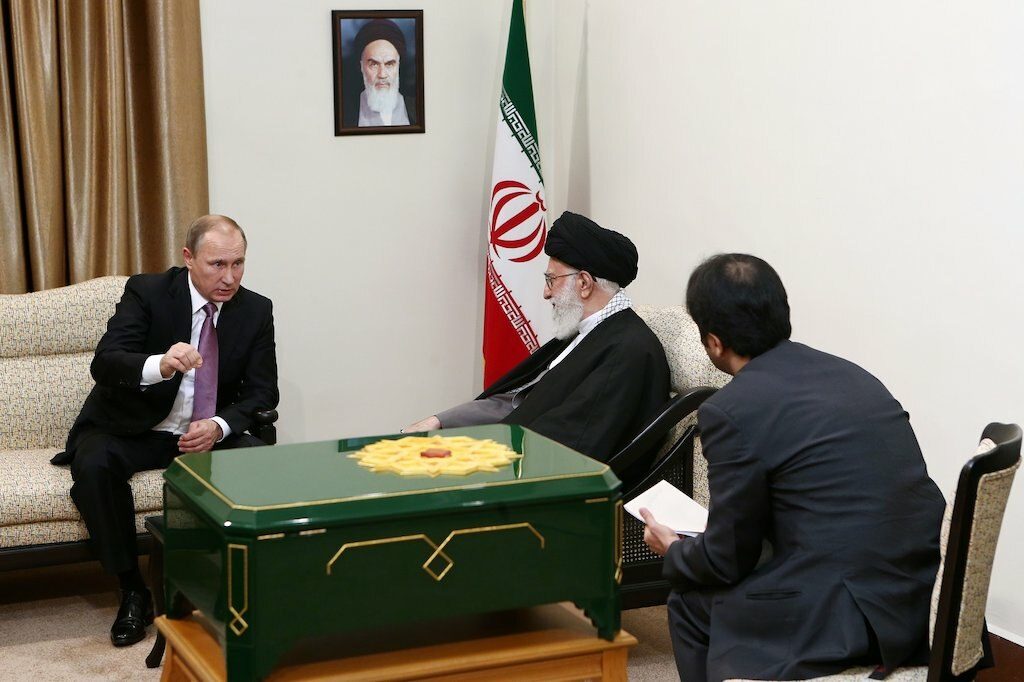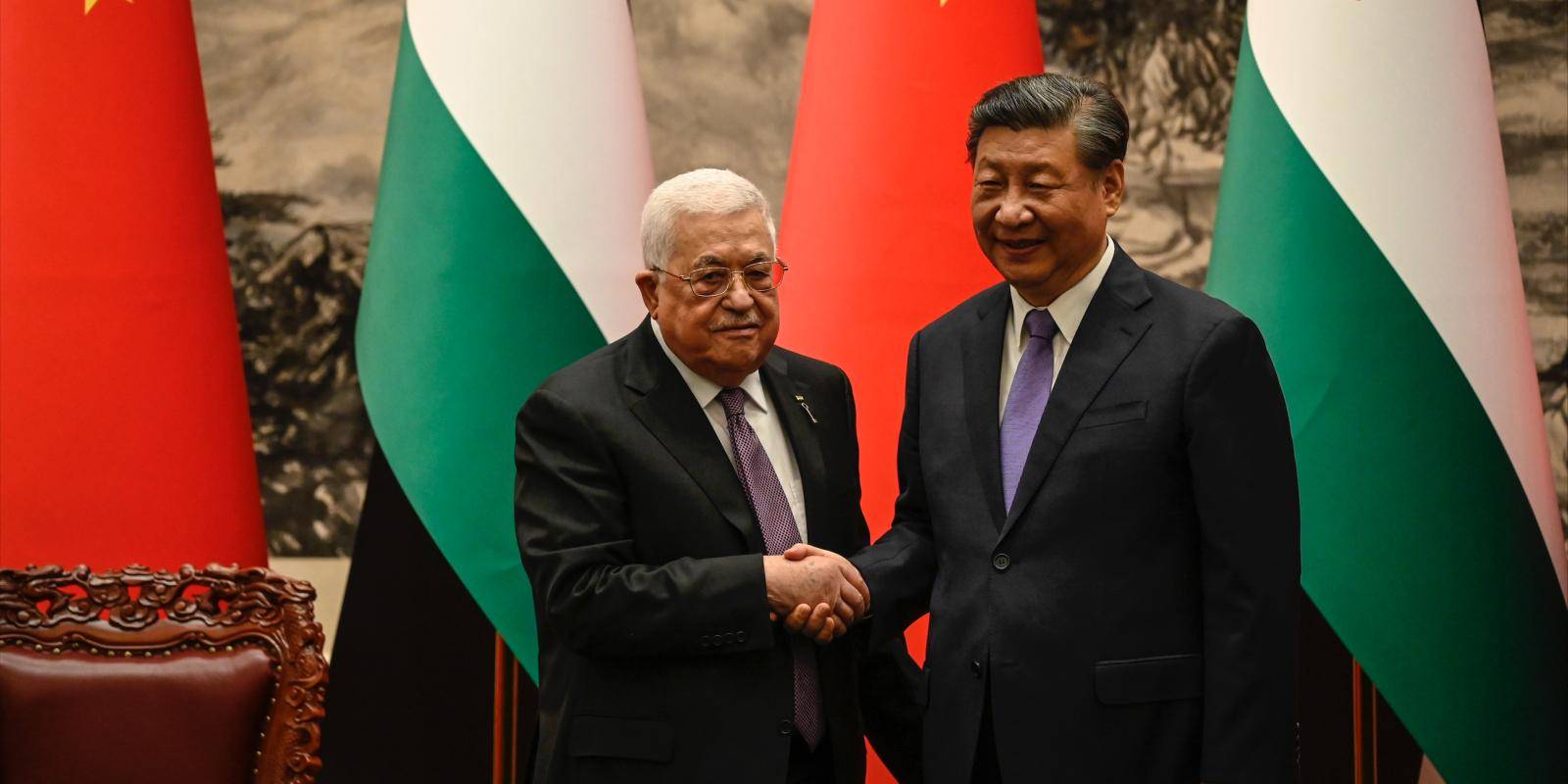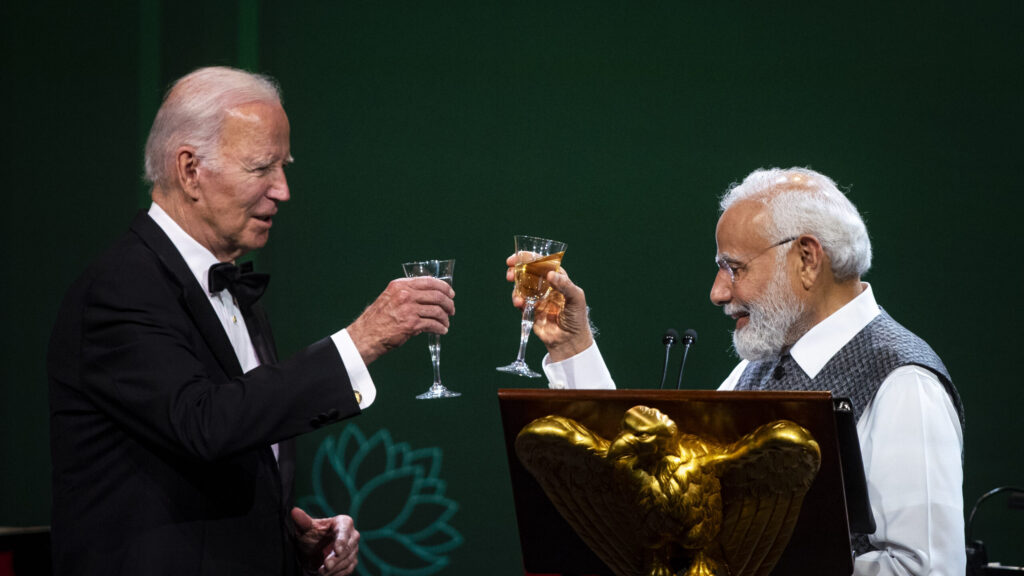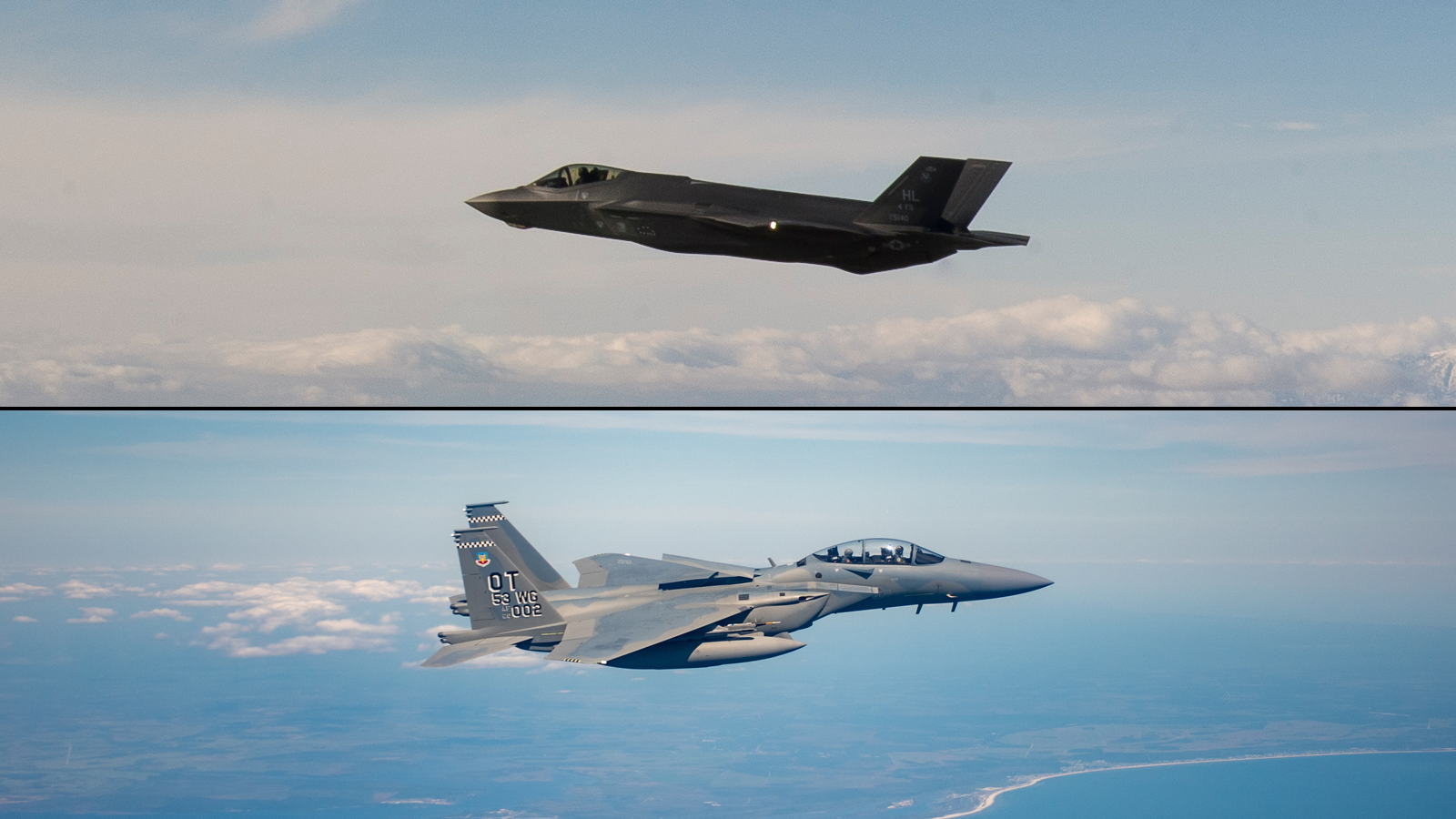DANIEL WILLIAMS

When US President Joe Biden, upon arrival in Israel last week, gave Prime Minister Benjamin Netanyahu what Americans call a “bro hug”, commentators interpreted the gesture as a show of solid support for Israel in its war with Hamas.
One commentator on Israeli TV offered a subtler and, it has turned out, reality-based analysis. Besides showing support, Biden’s gesture also meant, “You’re totally in my hands.”
It’s a reality being digested not only by Israel but also Ukraine, which Biden visited in February and had pledged full backing for its war with Russia. Whether it’s Biden saying “We stand with Israel” or a promise to do “Whatever it takes” to help Ukraine, there are caveats.
In both cases, he is playing chaperone in struggles that each country considers vital to their interests, if not existence. It makes for tense times between allies.
Even before he arrived in Tel Aviv, Biden cautioned Israel to fight within the bounds of the “rules of war” and spare civilians from harm, advice Israel thought it, as a democracy, didn’t need.
On October 25, Biden took a swipe at two of Netanyahu’s long-standing policies: rejection of Palestinian statehood and expansion of Israeli settlements in the West Bank.
“Israelis and Palestinians equally deserve to live side-by-side in safety, dignity and peace. When this crisis is over, there has to be a vision of what comes next,” Biden said. “And in our view, it has to be a two-state solution.”
